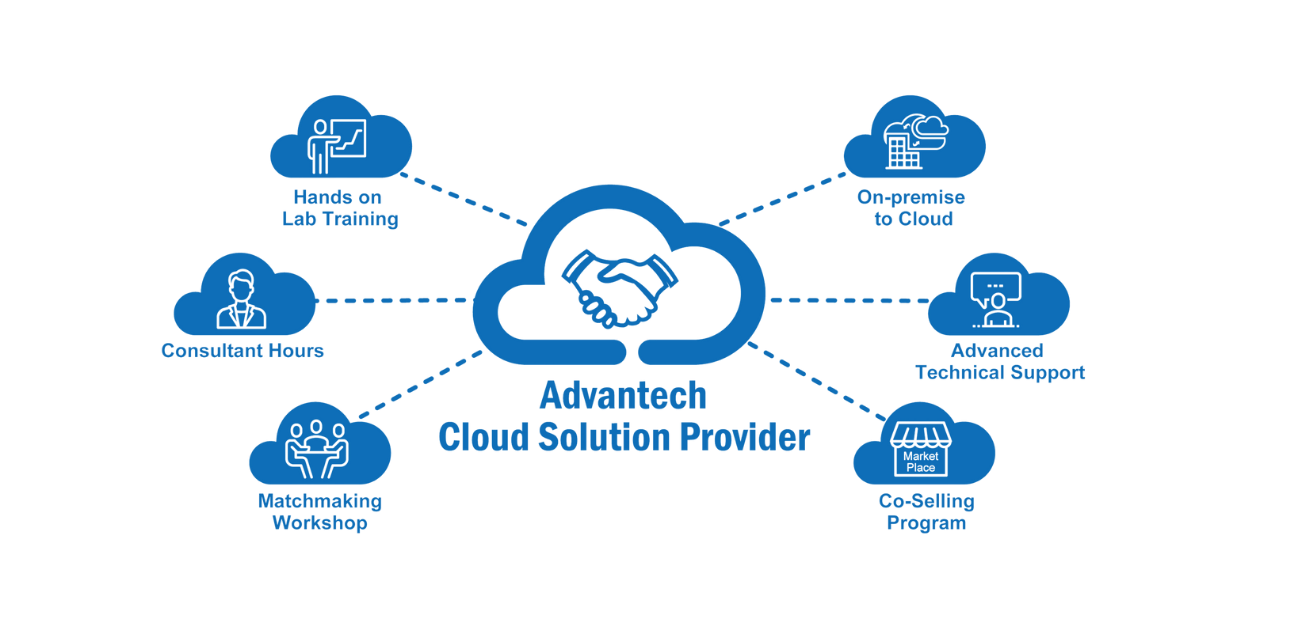Understanding LinkDaddy Cloud Services: The Ultimate Overview to Cloud Services Press Release Tips
Wiki Article
Simplify Your Framework With Cloud Solutions
As services navigate the ever-evolving landscape of modern technology and information administration, the duty of cloud solutions in simplifying facilities has become significantly prominent. Exactly how can businesses effectively browse this transition and genuinely unlock the capacity of cloud solutions for simplifying their framework?Benefits of Cloud Services
Cloud solutions provide a streamlined approach to managing IT facilities, giving companies with scalability, flexibility, and cost-efficiency. One of the vital benefits of cloud solutions is the scalability they provide.Furthermore, cloud solutions get rid of the need for organizations to purchase costly equipment and software. This cost-efficiency is a significant advantage, particularly for little to medium-sized ventures looking to minimize upfront expenses. By utilizing cloud services, services can access top notch IT resources without the hefty rate tag associated with traditional framework configurations.
Moreover, cloud services provide organizations with the flexibility to access their data and applications from anywhere with a net link. This degree of availability boosts collaboration among groups, makes it possible for remote job, and boosts total performance. The flexibility used by cloud solutions encourages companies to adapt swiftly to transforming market conditions and customer demands.
Cost Cost Savings and Scalability
In enhancement to the functional benefits highlighted previously, the integration of cloud services right into a firm's infrastructure produces significant price financial savings and improved scalability. Cloud services use a pay-as-you-go model, enabling organizations to scale resources up or down based upon existing demands, thus preventing the costs connected with maintaining excess ability. This versatility enables companies to adapt rapidly to changing needs without sustaining unneeded costs.In addition, cloud services remove the demand for upfront investments in software and hardware, minimizing capital investment. Overhead are additionally lessened as companies no more require to manage and preserve physical servers, resulting in lower energy consumption and IT staffing expenses. Furthermore, cloud solutions offer automated updates and maintenance, making sure that the infrastructure stays safe and current without calling for hands-on interventions.
Boosted Safety Measures
Applying rigid protection steps is extremely important when incorporating cloud solutions into a business's framework to secure sensitive information and guarantee compliance with sector laws. Cloud service companies supply enhanced protection functions such as information security, firewall program defense, and multi-factor verification to minimize cybersecurity dangers. Security assists protect data both at remainder and en route, guaranteeing that only licensed individuals can access sensitive info. Firewall programs act as a barrier between internal networks and external risks, monitoring and controlling outgoing and inbound network traffic. Multi-factor verification adds an extra layer of safety by needing customers to provide multiple forms of verification prior to accessing the cloud services.Moreover, normal safety audits and conformity evaluations aid identify susceptabilities and make certain adherence to industry requirements. Business can additionally take advantage of functions like automatic safety updates and real-time danger tracking provided by cloud provider. By focusing on safety and security measures and staying proactive in attending to potential threats, services can confidently utilize cloud services while shielding their important information from unauthorized access or breaches.
Transitioning to Cloud Framework
To efficiently incorporate cloud solutions right into a business's infrastructure, a structured approach that resolves the change in the direction of cloud-based solutions is necessary. Transitioning to shadow framework involves careful preparation and execution to guarantee a smooth migration process. The first step is to assess the existing infrastructure and identify which applications and systems appropriate for migration to the cloud. This analysis must consider factors such as data level of sensitivity, conformity needs, and performance needs.Once the assessment is full, a migration method need to be developed. This technique must detail the timeline, sources, and responsibilities for moving each part to the cloud. It is necessary to communicate this plan clearly to all stakeholders to guarantee positioning and lessen interruptions throughout the change.
Throughout the movement surveillance, process and testing are essential to determine and address any problems quickly. Normal checkpoints need to be established to track progress and make essential adjustments. Additionally, training for staff members on using cloud solutions should be provided to ensure an effective shift and optimize the advantages of the new facilities.
Finest Practices for Cloud Adoption
Effective adoption of cloud solutions depends upon the strategic positioning of business goals with technical abilities and business readiness. To guarantee a smooth change to the cloud, organizations must begin by conducting an extensive evaluation of their current framework and recognizing which workloads are best matched for cloud movement. It is critical to include essential stakeholders from different divisions in the decision-making process to acquire buy-in and resolve any concerns early on.One more finest method for cloud fostering is to prioritize security and conformity. Organizations must thoroughly review the security procedures offered by cloud company and guarantee that their information is safeguarded according to sector standards and regulatory demands. Implementing robust data security, accessibility controls, and regular safety audits can help minimize threats linked with cloud fostering.

Conclusion

As services navigate the ever-evolving landscape of technology and information management, the role of cloud services in streamlining framework has become progressively popular - linkdaddy cloud services. Exactly how can organizations efficiently navigate this transition and truly unlock the capacity of cloud solutions for simplifying their framework?
Cloud services use a structured method to managing IT framework, supplying companies with cost-efficiency, versatility, and scalability. By utilizing cloud solutions, companies can access high-quality IT resources without the substantial price tag connected with standard infrastructure configurations.
To guarantee a smooth shift to the cloud, companies ought to begin by carrying out a Cloud Services detailed evaluation of their present infrastructure and identifying which workloads are best matched for cloud movement.
Report this wiki page